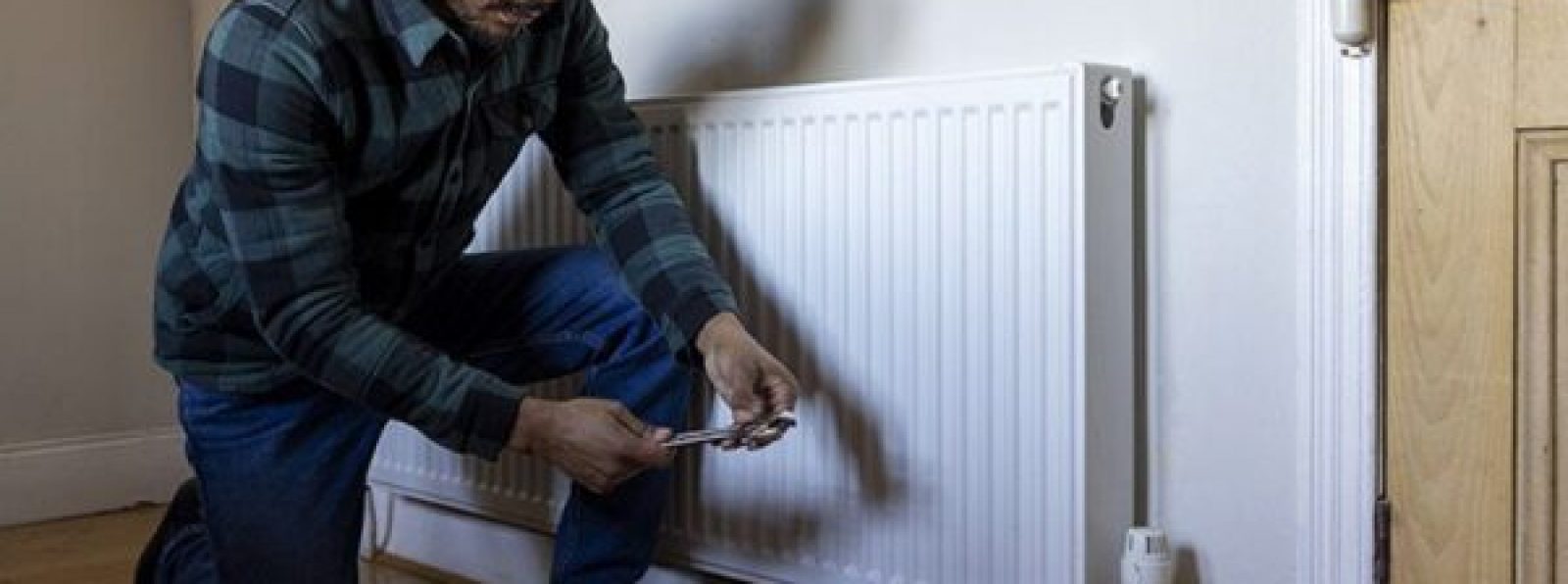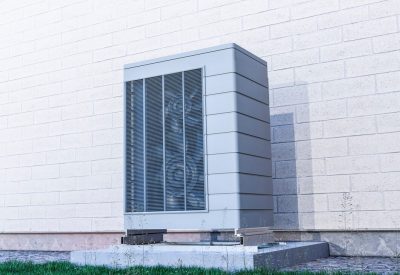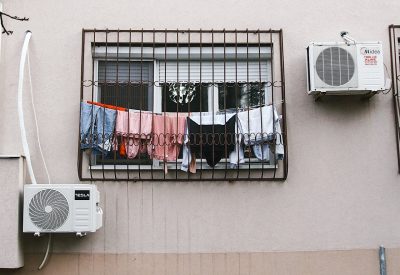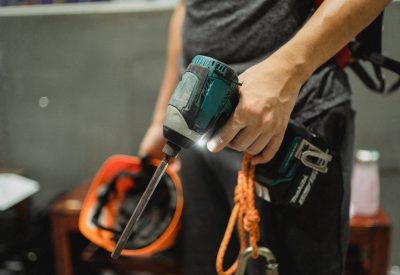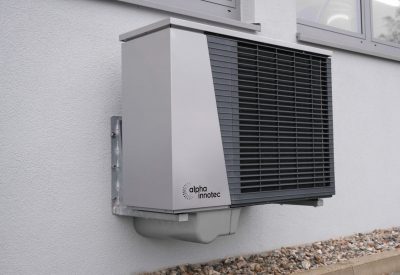Radiators are found in older homes and apartment buildings. Usually made from cast iron, they function as heat exchangers, and they can run on either steam, hot water, or electricity.
There are good reasons to learn why radiators work. The first is so that you can increase your familiarity with your own HVAC system and know what’s happening under your roof. Another benefit is if your radiator ever has a problem. With a basic understanding of the subject, you’ll be able to accurately identify and detail the issues to your repair professional.
If you’re ready to tackle the ins and outs of radiators, consider this your comprehensive guide to what’s also known as “old-fashioned heating.”
A Brief History of Radiators
Once a staple of both residential and commercial buildings, the radiator is slowly becoming obsolete. It’s being phased out in favor of more modern heating solutions, especially electric-based heating.
However, there are still plenty of homes that rely on radiator heating. They tend to be older, and they’re sometimes constructed in a way that would make it difficult to upgrade them with newer HVAC systems. In these cases, retrofitting would be more expensive and time-consuming than it’s worth. For these homes and homeowners, radiator professionals can help.
Different Types of Radiators
While many of them look the same at first glance, there are actually multiple kinds of radiators. The first difference can be found in how they’re powered. Radiators run on either steam, hot water, or electricity, and each has its own operational mechanisms.
There can also be differences in the shapes, designs, and features of radiators. For example, cast iron radiators tend to be heavy constructions that rest on the floor. Panel radiators are welded with flatter, more lightweight materials, and they’re usually mounted on the wall. There are even things like underfloor heating that utilize radiator technology; they’re called radiant floor systems.
Age can also make a difference in how radiators operate. Older models tend to have more straightforward designs, less reliance on electrical features, and fewer customization options. For instance, the oldest steam-powered radiators only have an on/off switch rather than an adjustable dial for temperature control.
The Anatomy of a Radiator
Before you can understand how a radiator works, you’ll need to get familiar with its insides. Here’s a basic breakdown of the most important parts of a radiator:
- Control valve, also called a manual or thermostatic valve
- Lockshield valve
- Bleed valve
- Radiator “fins”
It’s simple, isn’t it? There are smaller nuts and bolts that you might want to learn about if you’re interested in things like radiator installation, but otherwise, the basics are uncomplicated.
Another important term to know is “boiler.” A boiler is an appliance that generates heated water to shuttle throughout your pipes and into your radiators. You can think of it as an interconnected network not unlike blood pumping through a body.
How Radiators Work
It’s time to delve into the workings of radiators. It starts with the boiler. There are several types, including gas and electric, but all boilers function in the same way. They use whatever power source they have to heat up water and send it to radiators. This is where things can change depending on the type of radiator that you have.
With steam radiators, the water is heated so intensely that it boils and turns into steam. It flows through the pipes naturally, without the need for any sort of pump, and it generates humidity as well as heat. The downside of steam radiators is that they suffer high rates of heat loss and are thus less energy efficient. They can also generate banging noises that make them noisy.
With hot water radiators, the water remains water, and it’s piped through to the radiator. It travels through sealed, hollow containers made out of copper or other types of metal to help it retain its temperature. Some kind of force is necessary to keep it moving; this can be a pump or even a gravity feed. When it reaches the radiator, it will eventually cool, sink to the bottom, and be piped back out to return to the boiler and start the cycle anew. Hot water radiators are very effective and energy efficient, but they can require more upkeep since water is constantly traveling back and forth between the boiler and the radiator.
Electric radiators are different from both steam and hot water radiators. They don’t require a boiler, and many models don’t use water at all. Instead, they generate heat directly at the radiator by warming up a kind of diathermic oil that transfers heat through the metal. Electric radiators can be highly versatile, but they require electricity, which can cost more and also up your energy expenditure.
Adjusting a Radiator
Now that you understand how a radiator works, you can integrate your knowledge into its day-to-day operations. For example, you probably already know how to twist the control valve of your radiator to adjust the warmth level of the room. But were you aware that you’re actually controlling the water flow to your radiator when you do that? Many homeowners are under the impression that they can change their radiator’s temperature, but they’re actually just changing the flow rate of the heated water coming into the pipes. Even if your radiator is a newer model that has numbered settings for different levels of heat, it still has nothing to do with temperature, only water flow.
There are also radiators that don’t allow you to adjust anything about their settings. These tend to be older, steam-powered radiators that were designed with nothing but an on/off dial.
Advantages of Owning a Radiator
While radiators might have an old-fashioned reputation, there are still many benefits to having them in your home. If you’re running a steam or hot water radiator, for example, and it doesn’t have any electrical components, you don’t have to worry about losing heat just because you lose power. During a blackout, your boiler will continue to burn fuel, and your radiator will continue to generate warmth. You’ll also pay less for electricity, though you’ll have to pay more for gas.
Another benefit of radiators is that they’re tough, durable, and long lasting. One of the reasons why they’re still kicking today is because they’re still fully operational despite being decades old. Homeowners see no reason to get rid of them.
Last but not least, radiators are sometimes hailed as safer than modern heating systems. This is because they’re unable to leak things like carbon monoxide. Boilers can, but the worst substance that a radiator can leak is water.
Getting Expert Assistance for Your Radiator
If you live in an older home or apartment building that still has radiators, it’s important to understand how they work. You never know when you’ll need to diagnose a problem or call in a technician for maintenance and repairs. At Burkhardt Heating & AC Inc, we work on all types of heating systems, including radiators, boilers, and furnaces. Our team also provides cooling, duct cleaning, and indoor air quality services. Contact us today for help with your radiator or other home-comfort system in the Milwaukee area.


